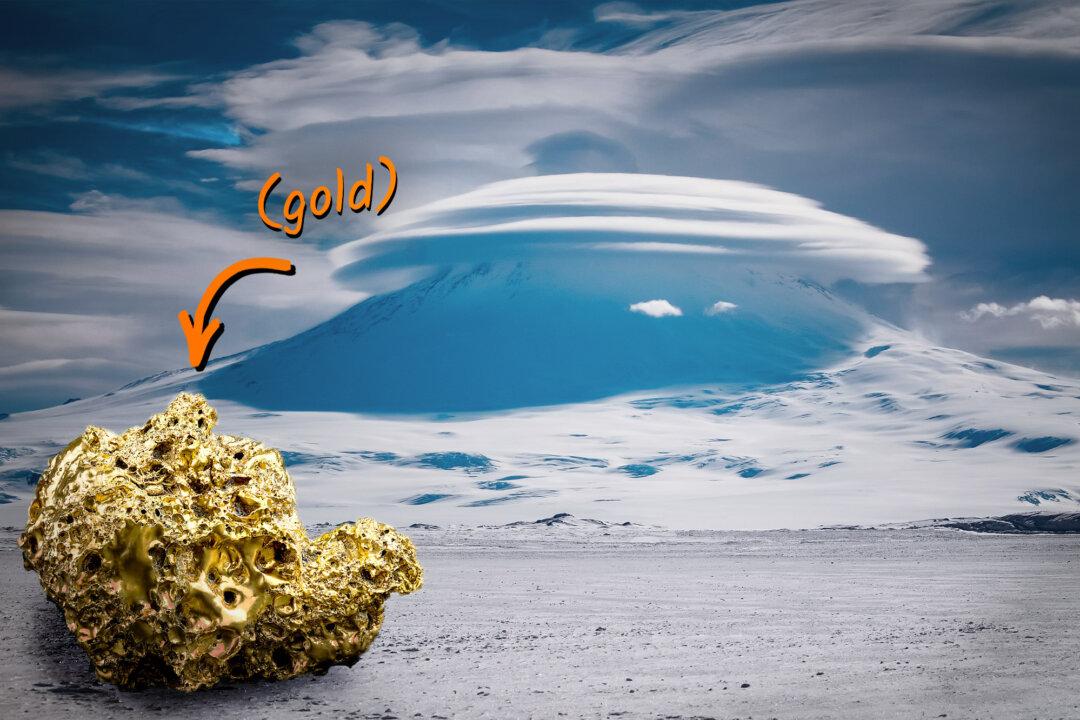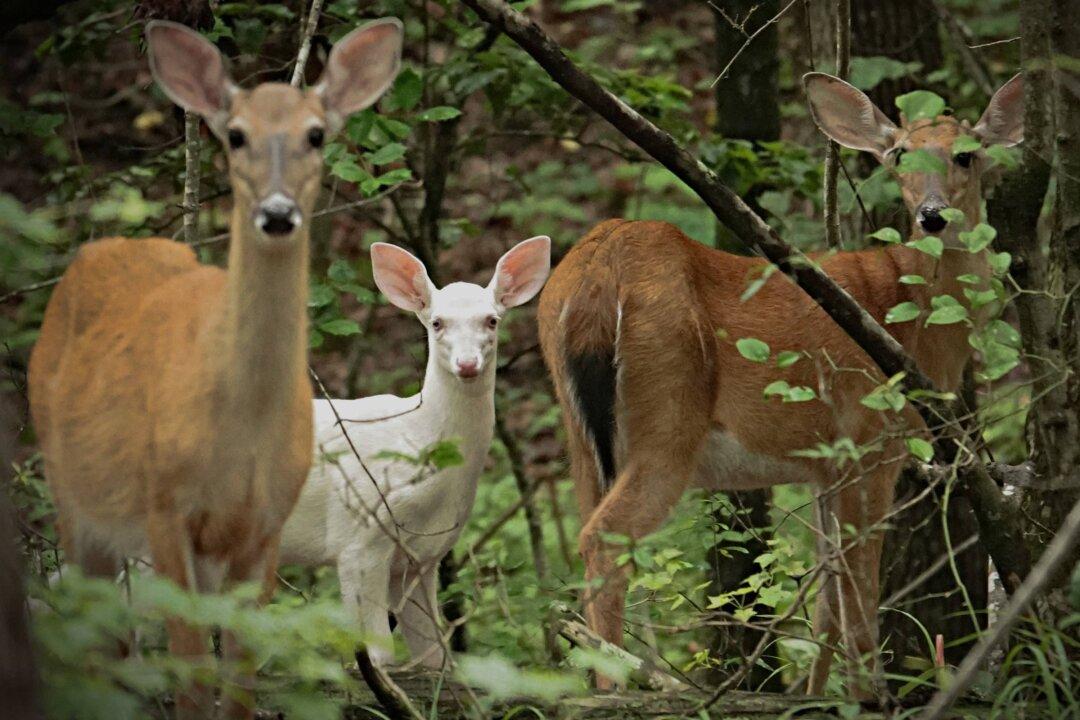If treasures were ranked based on being the most impossible to reap, the golden bounty inside Mount Erebus near the icy South Pole would surely rank priceless.
A cataclysmic explosion in Antarctica some 7,000 to 18,000 years ago opened up a caldera, or crater, in what today is the longest-lasting active volcano. It towers prominently on Ross Island, 2,500 miles south of New Zealand. We speak of Mount Erebus. Named after the son of the Greek god of chaos, Erebus was god of the darkest reaches of the Earth—a fitting reference. His match is found in caves across this icy mount, through which escape from icy chimneys deadly, heated volcanic gasses.






